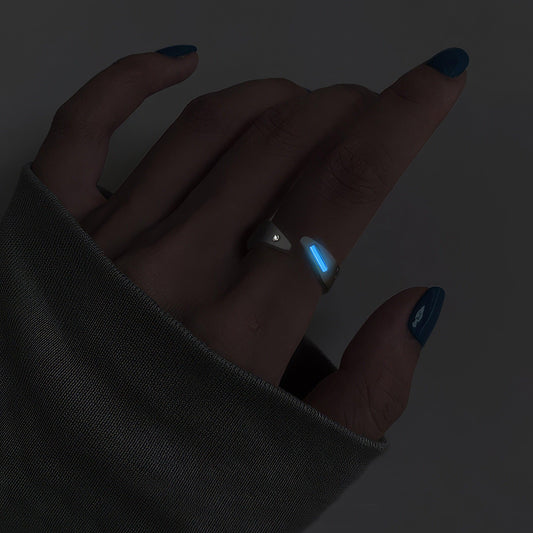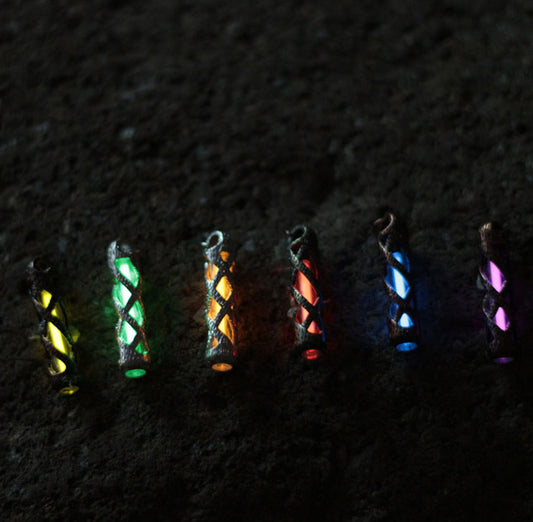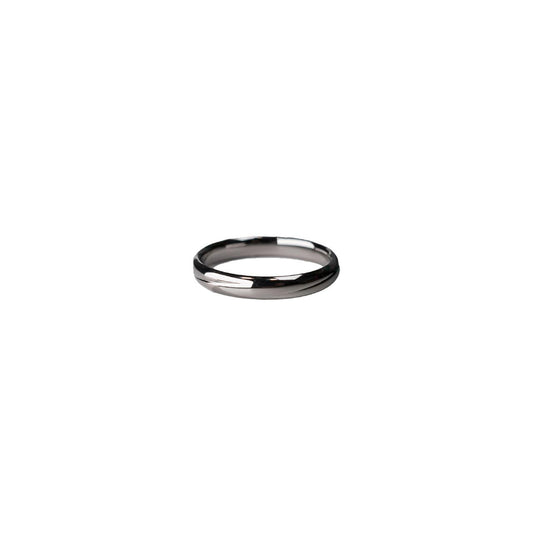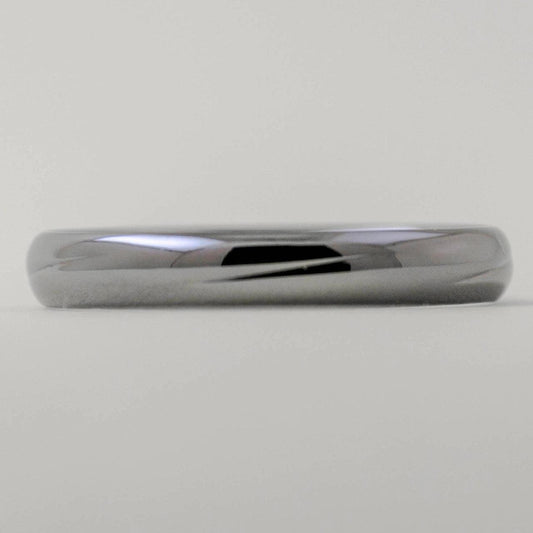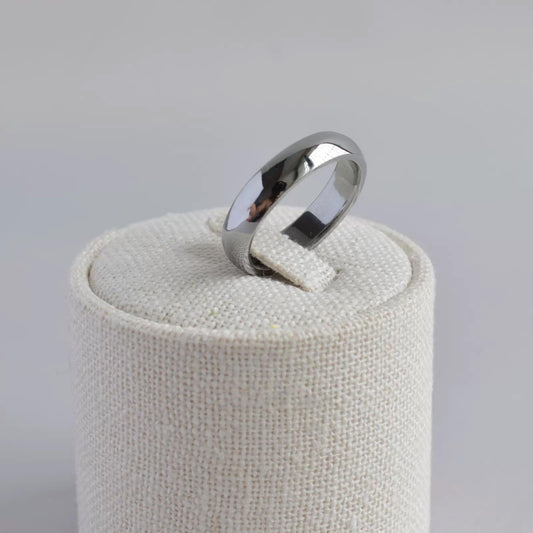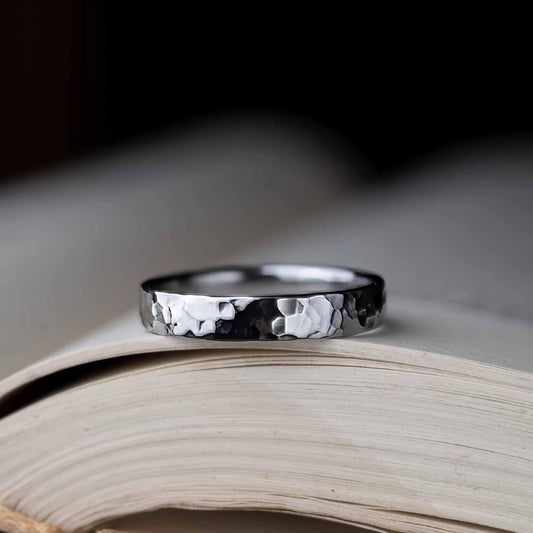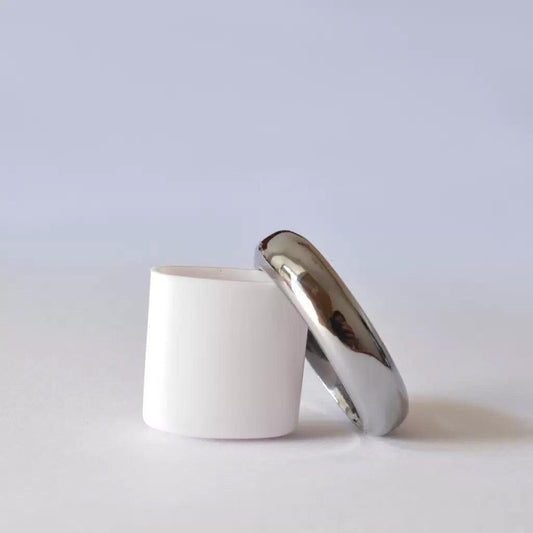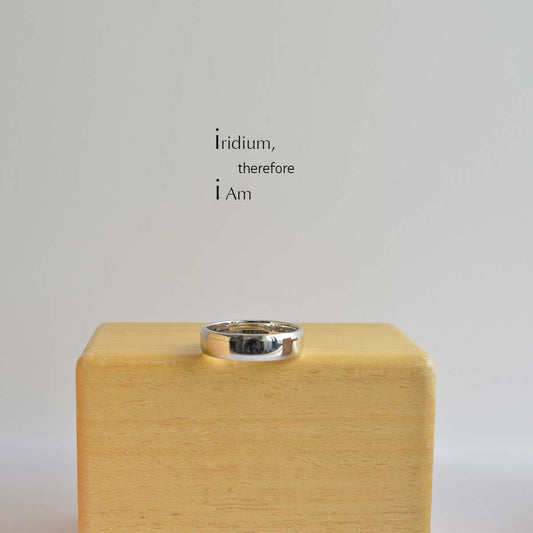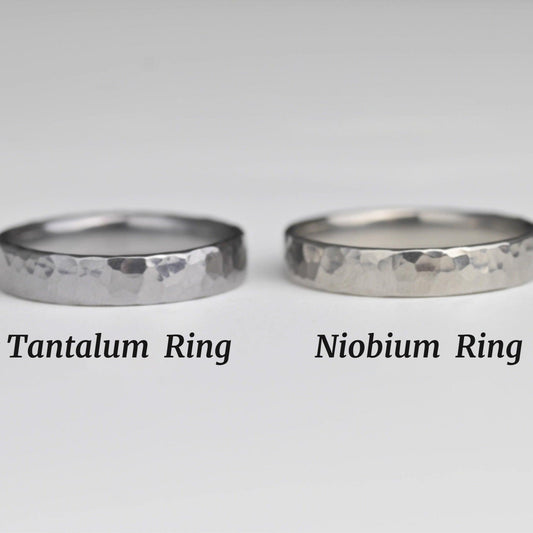The Significance of the Ring Finger A Cultural and Personal Exploration
The Significance of the Ring Finger A Cultural and Personal Exploration
When I first slipped a ring onto my left hand’s fourth finger, it wasn’t merely an accessory. In many Western cultures, the left hand’s ring finger is imbued with symbolism. This tradition has deep roots, dating back to ancient Roman times when it was believed that the vein in this specific finger, the "vena amoris," ran directly to the heart. It's a romantic notion that still captures the imagination, even if science has since dispelled it. But why does this tradition endure, and what does it mean today?
Engagement and wedding rings for women are typically worn on this finger. It serves as a visual declaration of commitment, a silent yet bold statement to the world. While the left hand is the convention in most of the West, some European countries, including Germany and Russia, traditionally place such rings on the right hand. This variation reflects cultural nuances that can be both fascinating and perplexing.
I remember visiting a flea market in Berlin last summer, admiring a collection of vintage rings, when an elderly woman beside me began to share her story. She wore her wedding band on her right hand, a simple gold band that caught the afternoon light. She explained that in her country, the right hand signified strength and honor, making it the preferred choice for such an important symbol. Her story was a poignant reminder that these customs are more than just tradition; they are personal and laden with meaning.
The choice of which hand to wear a ring can also be influenced by practical considerations. For instance, left-handed women might prefer to wear rings on their right hand to avoid damage from frequent use. Others might choose based on personal comfort or the aesthetic balance of their jewelry collection. The beauty of these choices is that they reflect individuality within the framework of convention.
As someone who adores heirloom jewelry, I often ponder the stories behind the pieces in my collection. Each ring has its own tale to tell, from my grandmother's delicate sapphire ring, worn on her right hand due to her left-handedness, to my aunt’s bold and modern band, proudly displayed on her left in keeping with tradition.
In today's diverse world, the hand on which a woman wears her ring can be a blend of tradition, personal history, and practical wisdom. Whether guided by family customs, cultural practices, or personal comfort, the ring finger stands as a canvas for self-expression—a tiny yet significant part of one’s personal narrative. It’s a choice that is unique to each individual, winding through the intricate paths of culture and personal preference, much like the human heart itself.




